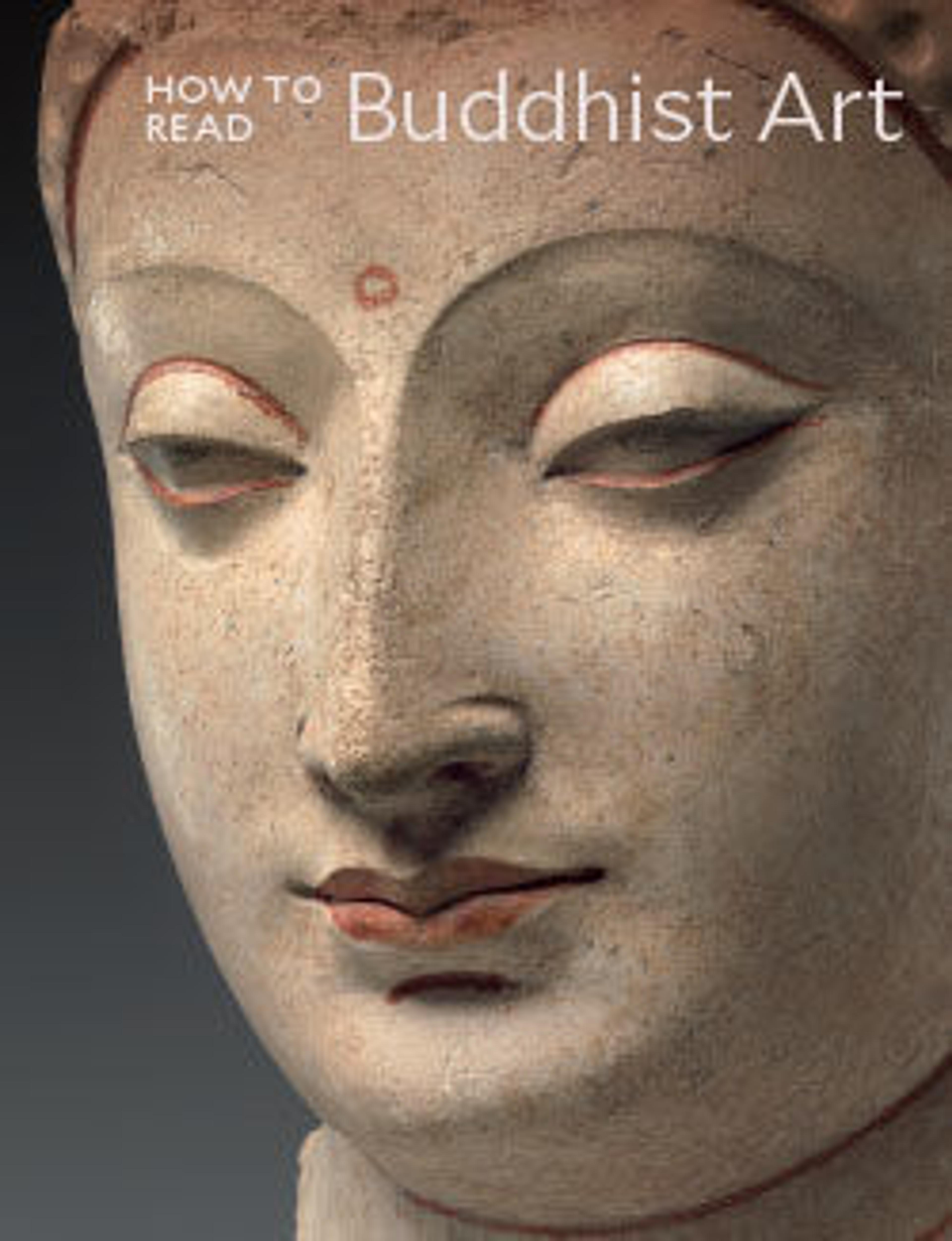Buddha
Early in the seventh century a new Buddha type appeared in Southeast Asia, inspired by innovations that were taking place in northern India. The wellspring was the important monastic school at Sarnath. Its workshops undoubtedly supplied Buddha images to a great variety of clients, including pilgrim-monks who would have purchased small images—often, one may surmise, made of wood—easily transportable to their homelands. This Buddha, slender and ethereal, is a superb example of the early acceptance of the northern Indian model of ideal Buddhahood, seen in the increasingly detached and otherworldly expression and the use of body-defining drapery.
cat. no. 49
cat. no. 49
Artwork Details
- Title:Buddha
- Period:pre-Angkor period
- Date:mid-7th century
- Culture:Cambodia or Vietnam
- Medium:Sandstone
- Dimensions:H. 39 1/2 in. (100.3 cm); W. 12 in. (30.5 cm); D. 4 1/4 in. (10.8 cm)
- Classification:Sculpture
- Credit Line:Gift of Florence and Herbert Irving, 1993
- Object Number:1993.477.3
- Curatorial Department: Asian Art
More Artwork
Research Resources
The Met provides unparalleled resources for research and welcomes an international community of students and scholars. The Met's Open Access API is where creators and researchers can connect to the The Met collection. Open Access data and public domain images are available for unrestricted commercial and noncommercial use without permission or fee.
To request images under copyright and other restrictions, please use this Image Request form.
Feedback
We continue to research and examine historical and cultural context for objects in The Met collection. If you have comments or questions about this object record, please contact us using the form below. The Museum looks forward to receiving your comments.
